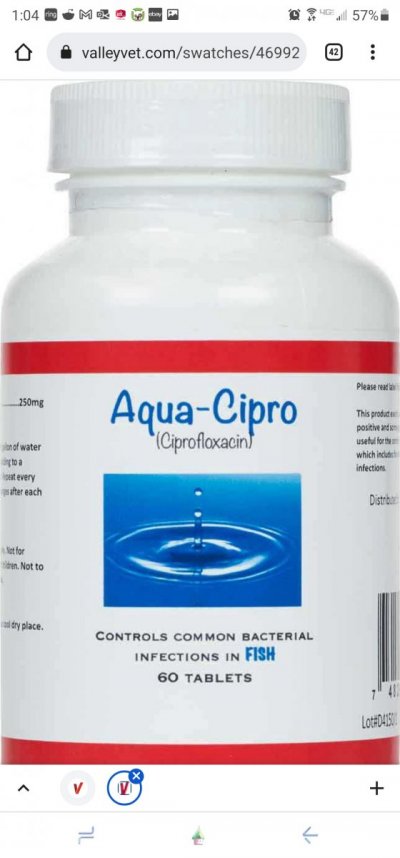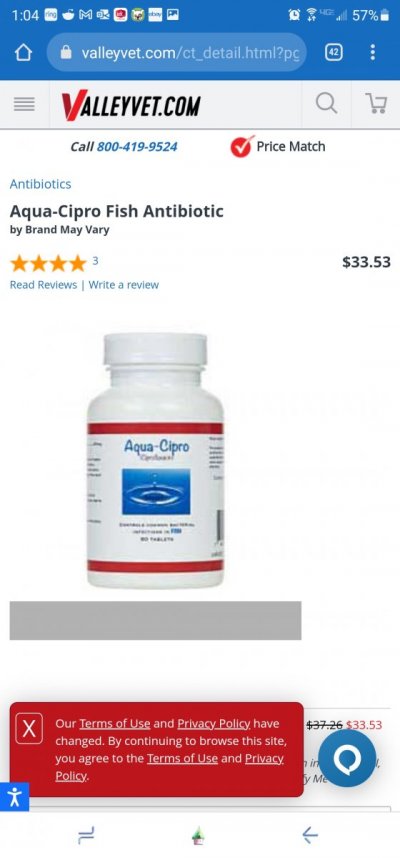246/.125 =1968 liters.Thanks man but I can’t figure it out. I have a 500mg pill, when I convert 65 gallons to 246 liters then 246 x .125 = 30.75 then what
1968/1000= 1.968 ML
this is where I’m lost. Do you dose that number EOD or dose 1/3 of that EOD

















